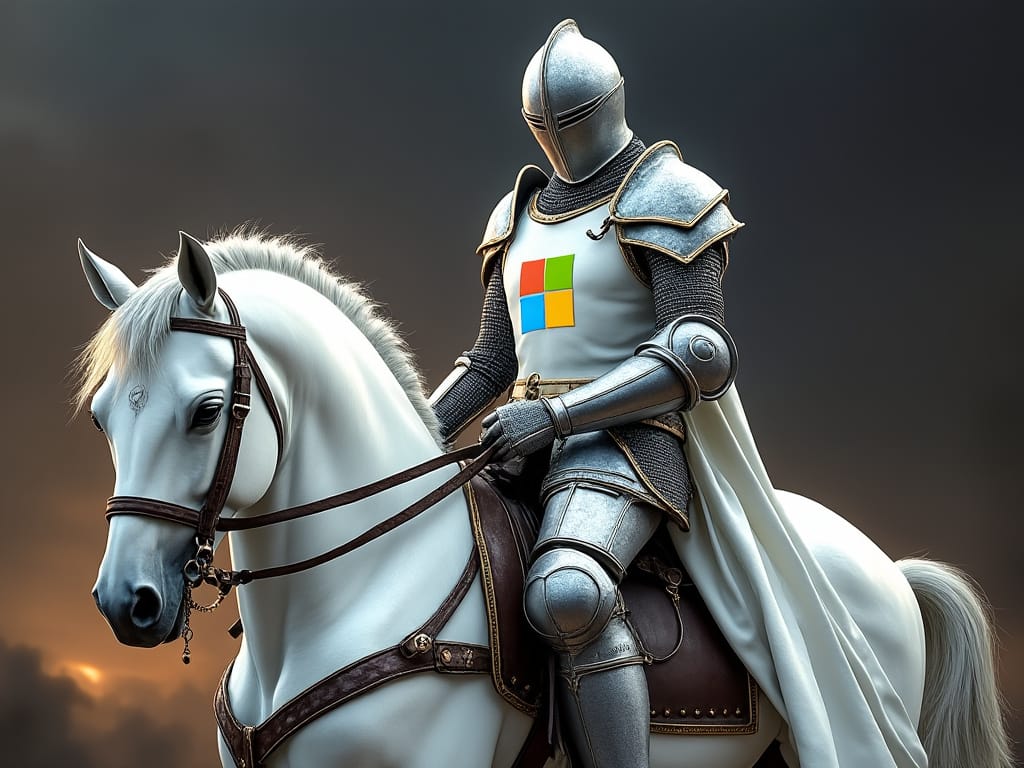Should Microsoft Ride in to Save Intel?

As everyone is well aware, Intel is in trouble. Not in the imminent collapse sort of way, but in a way that's no less terrifying: Pat Gelsinger's turnaround plan clearly isn't working – at least not on the timetable that was promised – and there would seem to be no good solutions. Ian King sets the bloody stage in an in-depth look both backwards and forwards for Bloomberg:
It didn’t have to come to this. Intel’s strength in making chips for data centers should have left it well-positioned for the sudden rise in artificial intelligence. But it lagged in the race to produce the specific kind of equipment needed to train and operate AI models, and has almost entirely missed out on the recent boom. Intel is headed towards its third consecutive year of shrinking sales, estimated to make $52 billion in revenue in 2024, just 70% what it brought in back in 2021. Its shares have lost more than 60% of their value this year, turning them into the second-worst-performing stock on the S&P 500.
They've also, of course, had a GPU business for years. But just as with mobile, they seem to have been focused almost completely in the wrong direction. With graphics they were less focused on being the most powerful and instead being integrated and efficient. With mobile (and CPUs in general), they were too focused on being the most powerful and not being integrated and efficient enough.
